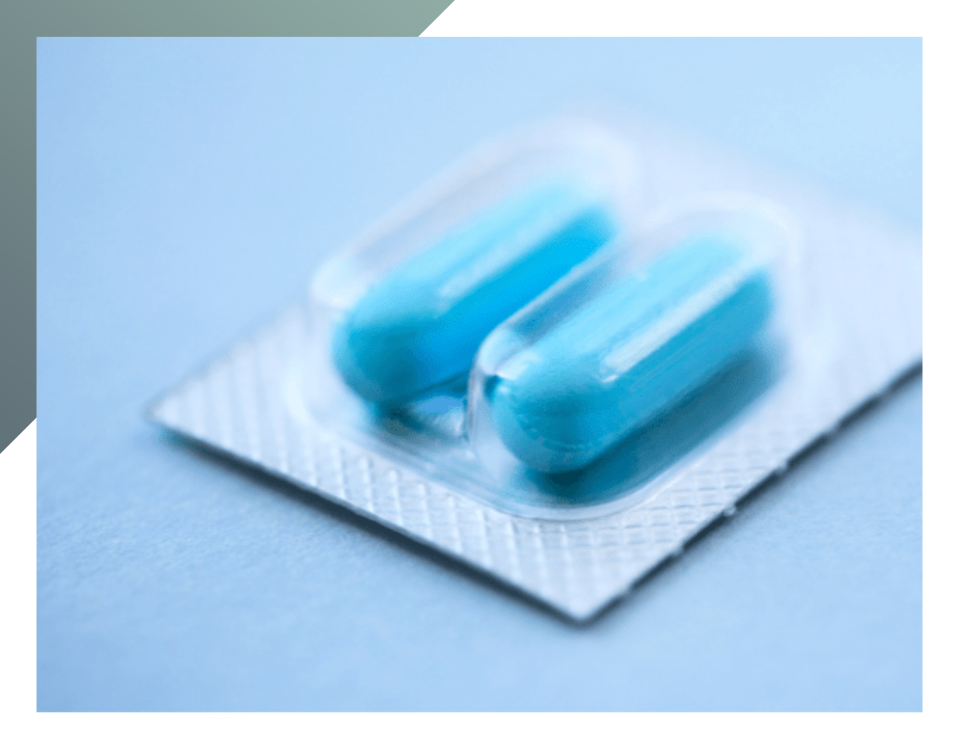In recent years, there has been a growing need to implement restrictive measures to ensure the integrity of pharmaceutical packaging throughout the pharmaceutical supply chain. The risks of tampering, theft, and counterfeiting of medicines are increasing. Phenomena such as pilfering (pill theft from packages) and malicious tampering (altering the drug content to harm consumer health) pose tangible risks to public health, necessitating stringent regulations on anti-counterfeiting systems for medicines. Pharmaceutical packaging has established many standards through time, including anti-counterfeiting solutions such as unique codes and systems that reveal any attempt to open the medicine before it reaches the consumer. This article provides an initial regulatory overview and delves into the characteristics and types of anti-tampering packaging, including gluing flaps on boxes, using fragile seals, and employing void labels.
Regulatory framework and requirements
An anti-tampering or tamper-evident device refers to any element that makes tampering with pharmaceutical packaging visible to third parties throughout the supply chain: removable labels, adhesives, interlocking systems that damage carton fibers when opened, and many other measures to combat counterfeiting in the pharmaceutical sector. The ISO 21976:2018 “Packaging — Tamper verification features for medicinal product packaging” outlines the functions of anti-tampering systems on pharmaceutical packaging. This standard replaces ISO 16679:2014 and mandates that all pharmaceutical companies apply an anti-tampering system to prescription drug packaging since February 2019. The standard outlines the required features, allowed types, purposes, and criteria for verifying potential tampering. All regulations introducing the need for anti-counterfeiting devices are based on the 2011/62/EU – Falsified Medicines Directive, which regulates security systems for drug identification. The directive requires the application of an identifying Data Matrix code and an anti-tampering device on all prescription medicines. The EU Regulation 2016/161 provides details on the unique identifying code and the management of European records of marketed medicines. However, the Q&A paper “Safety features for medicinal products for human use” is the main reference to understand all mandatory requirements for the proper implementation of tamper-evident devices. The paper addresses important questions about the scope of tamper-evident systems, verification functions, and interactions of seals among stakeholders in the supply chain.
Anti-Tampering solutions integrated into packaging design
There are many tamper-evident packaging solutions available for pharmaceutical packages. Especially for paper and board secondary packaging, they can be divided into two groups: systems that do not require external applications such as labels or adhesives, and systems that require special seals to be broken or removed to access the medication and reveal the compromise of the carton. The easiest ways to create tamper-evident packaging without external devices involve using hot gluing, various types of glue (such as polyurethane or dispersion) or a combination of glues to ensure package closure. Opening the package requires tearing the sealed flaps, which causes visible damage. Another valid option, commonly used in packaging design, is to create packages with flaps provided with special interlocking tabs. In this case, opening the package requires a considerable force that irreversibly damages the flaps. The tamper-evident solutions without glue or additional labels to seal the packaging are often preferred during the design phase as they do not require specialized sealing machinery, making packaging operations more practical and faster. It is important to note that in countries such as the United States and Australia, gluing is not considered a reliable anti-tampering closure, according to safety and anti-counterfeiting guidelines. FDA, the regulatory agency in the United States, in CPG Sec. 450.500 “Tamper-Resistant Packaging Requirements for Certain Over-the-Counter Human Drug Products“, states: “Paperboard cartons sealed by gluing the end flaps are not capable of meeting the TRP requirements. However, the Agency recognizes that technological advances may provide sealed paperboard packages that meet the requirements of the TRP regulations.” In Chapter 5.1 of the “Guideline for the Tamper-Evident Packaging of Medicines, Complementary Healthcare Products and Medical Devices”, the Australian TGA (Therapeutic Goods Administration) specifies: “Sealed paperboard cartons as currently available in the marketplace (e.g., cartons sealed by gluing the end flaps together) are unacceptable. However, future technological advances may provide sealed paperboard packages that meet the intent of the TEP requirements.”
Tamper-evident labels
The second type of tamper-evident system, anti-tampering labels, involves applying adhesive seals made of various materials to the closure flaps of the packaging. They ensure extreme adherence to the packaging, and a mechanical removal reveals any attempt at illicit opening of the package through cardboard damage, evident tears, or markings left by the device on the box. The tear-off seal is the most commonly used tamper-evident label. It damages the cardboard fiber or the label itself and is often made of extremely flimsy material for easy detection of tampering. These include ultra-destructible PVC labels that break instantly, making it impossible to reapply as originally intended. Pre-cut labels serve the same purpose and are designed for easy breakage in case of opening or tampering. Finally, the pharmaceutical industry frequently uses void labels, one of the most appreciated solutions on the market. These labels feature a high-adherence film with a thermal transfer system; when removed, the ink deposits patterns or texts, typically the word ‘void,’ on the label. This highlights any tampering or opening of the packaging that may have occurred during the supply chain. This technology offers an immediate guarantee of authenticity to the consumer, who can verify the integrity of the label and the absence of any visible markings to ensure that they have purchased a safe product.
How can we help you?
If you would like to learn more about our commitment to sustainability or have any questions about our projects and initiatives, we are here to provide you with all the information you need.



